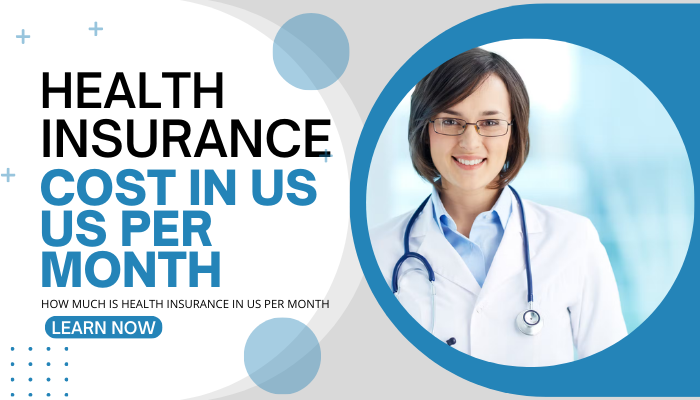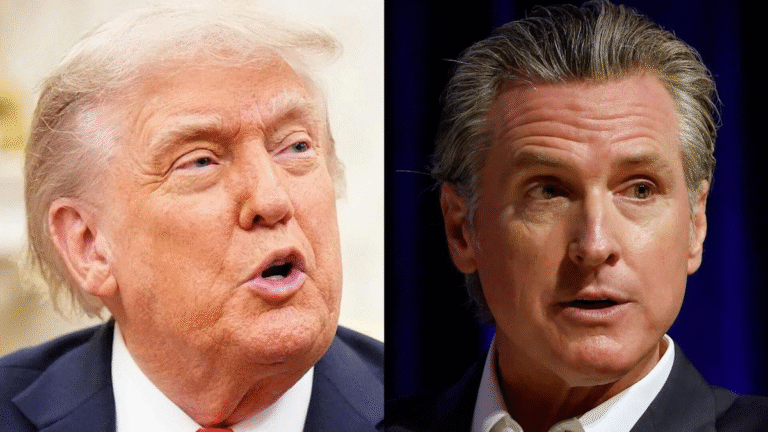Federal Student Loan Debt Relief Plan 2023: The Ultimate Guide

Student loan debt relief is the forgiveness or cancellation of student loan debt. This can be done through a variety of programs, including government programs, private programs, and employer programs.
Government programs
The US government offers a number of student loan debt relief programs, including:
- Income-driven repayment (IDR) plans: IDR plans cap your monthly student loan payments at a percentage of your discretionary income. After 20 or 25 years of making payments under an IDR plan, any remaining balance on your loans will be forgiven.
- Public Service Loan Forgiveness (PSLF): PSLF forgives the remaining balance on your federal student loans after you make 120 qualifying monthly payments while working full time for a qualifying employer. Qualifying employers include federal, state, tribal, or local government agencies; the military; and qualifying nonprofits.
- Teacher Loan Forgiveness: Teacher Loan Forgiveness forgives up to $5,000 in federal student loans for teachers who work full-time for five consecutive years in a low-income school.
- Perkins Loan Forgiveness: Perkins Loan Forgiveness forgives up to 100% of your Perkins Loan debt if you work in certain public service jobs, such as teaching, nursing, or social work.
Private programs
Some private organizations also offer student loan debt relief programs. For example, some employers offer student loan repayment assistance as a benefit to their employees. Other private organizations offer student loan forgiveness programs to borrowers who meet certain criteria, such as working in a certain field or living in a certain area.
Employer programs
Some employers offer student loan repayment assistance as a benefit to their employees. This assistance can take a variety of forms, such as making direct payments to the borrower’s loan servicer or matching the borrower’s monthly loan payments.
Eligibility
Eligibility for student loan debt relief programs varies depending on the specific program. However, most programs require borrowers to meet certain criteria, such as having a certain amount of debt, working in a certain field, or living in a certain area.
How to apply
To apply for student loan debt relief, borrowers typically need to complete an application and submit it to the program administrator. The application process can vary depending on the program, but most applications require borrowers to provide information about their income, debt, and employment.
Benefits
Student loan debt relief can have a number of benefits for borrowers, including:
- Reducing or eliminating their monthly loan payments
- Improving their credit score
- Making it easier to buy a home or start a business
- Reducing their risk of defaulting on their loans
Challenges
One of the biggest challenges with student loan debt relief is that it can be difficult to qualify for the programs that are available. Additionally, some programs have long waiting periods or other restrictions.
Other considerations
It is important to note that student loan debt relief is not always the best option for borrowers. For example, if you are eligible for an IDR plan, you may be able to save more money in the long run by staying on your current plan. It is also important to consider the tax implications of student loan debt relief. In some cases, you may have to pay taxes on the amount of debt that is forgiven.
Conclusion
Student loan debt relief can be a helpful option for borrowers who are struggling to repay their loans. However, it is important to understand the different programs that are available and to carefully consider your eligibility and options before applying.





